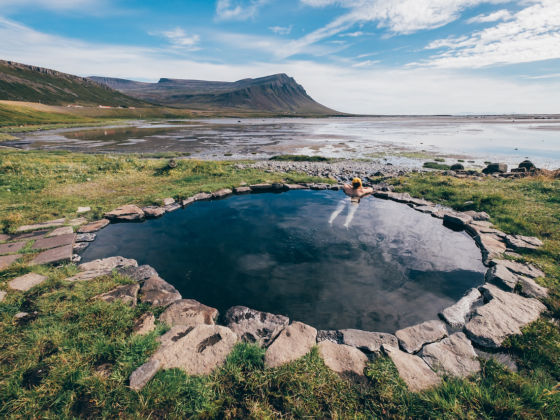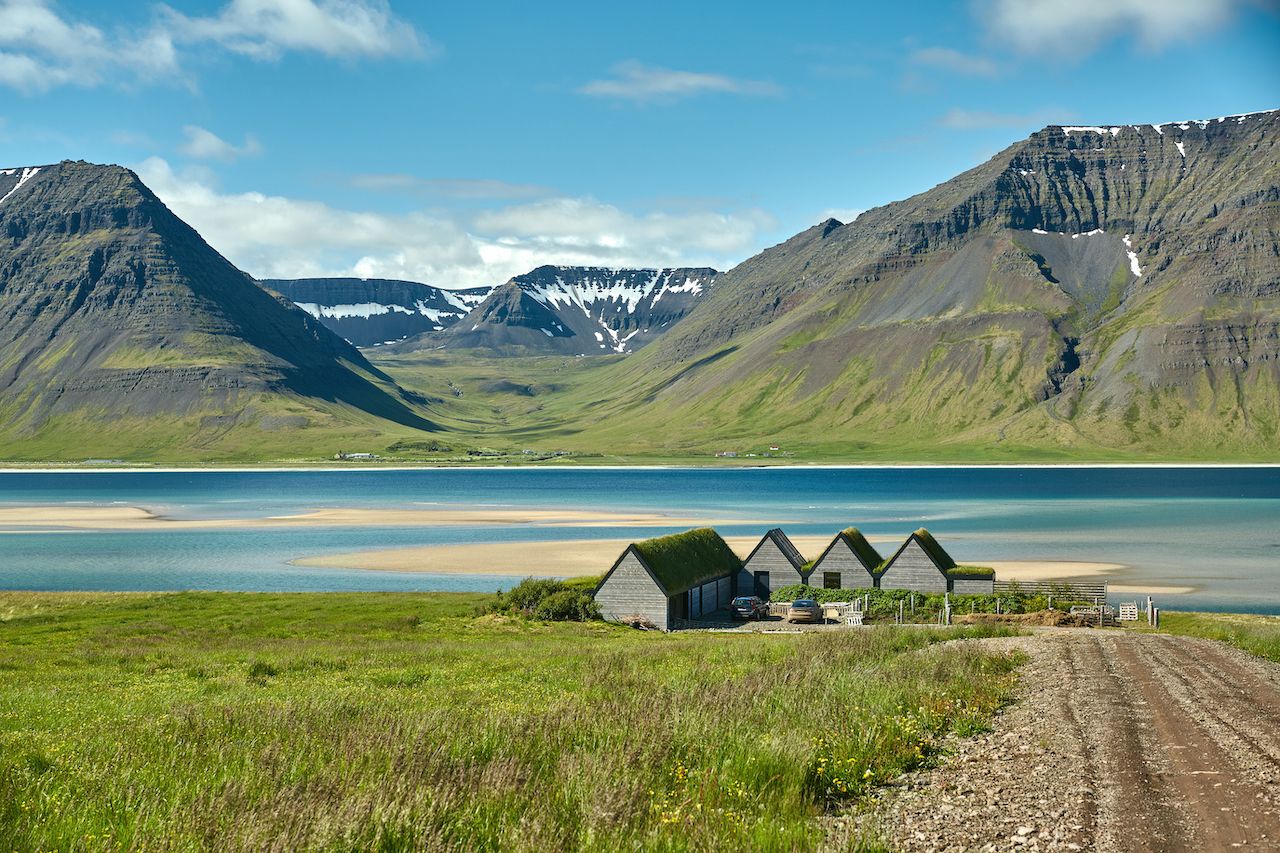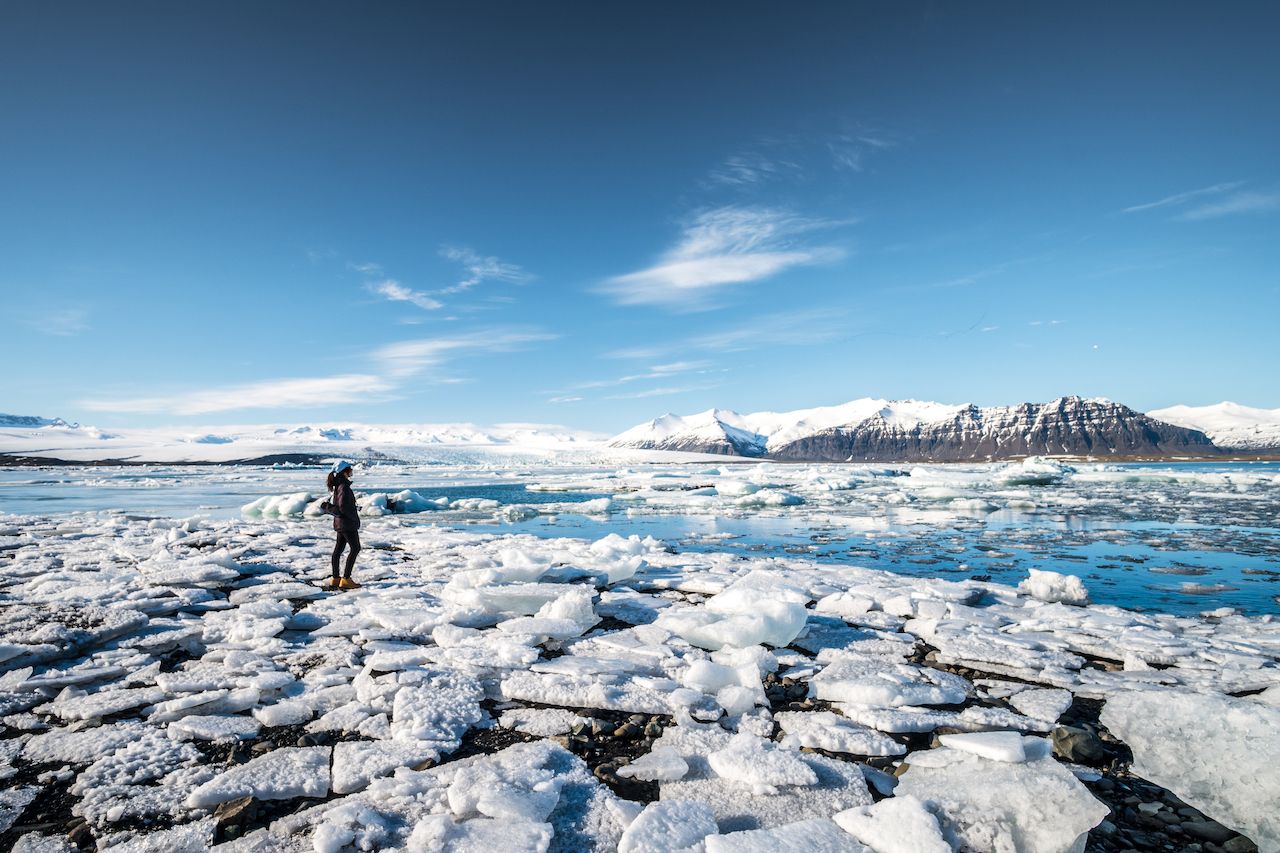If you’ve ever been to Iceland, you’ll know that what you don’t see in all those vibrant Instagram posts are the millions of tourists who visit the country every year. Take a drive around the infamous Golden Circle and you’ll find an anthill of visitors posing with cameras in front of every mountain, geyser, and miniature horse.
The recent tourism boom has left many wondering if the Land of Fire and Ice has become too popular a destination. A country once known for its remoteness, Iceland now receives an annual number of visitors of 2,224,600 (as of 2017), more than six times its population of 356,991 residents. However, with some careful planning, and a willingness to step outside the in-flight brochure itinerary, it’s still completely possible to experience Iceland in almost the same untouched glory that the Viking settlers did.
There are two main things to consider when planning for a tourist-free experience: location and time.




